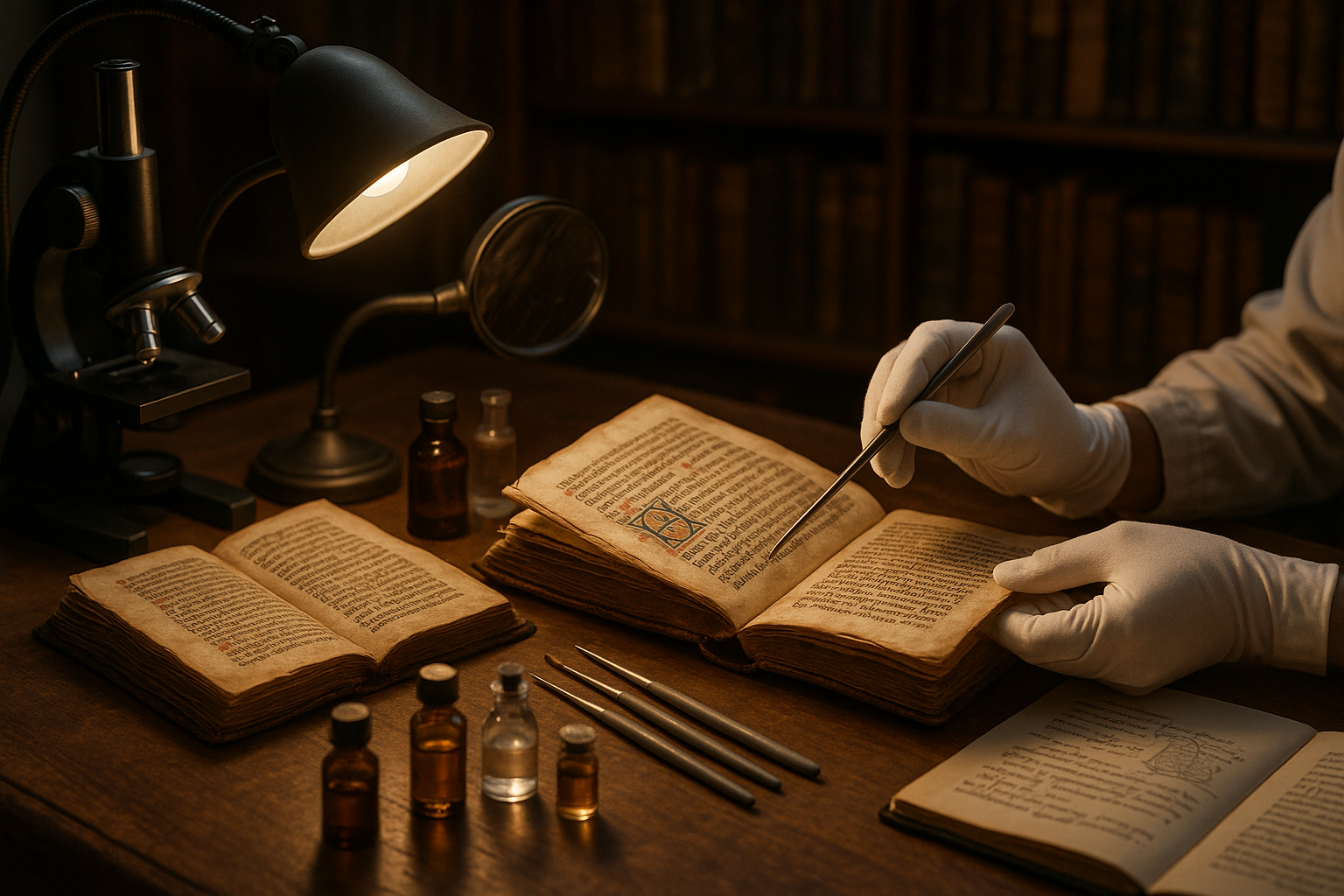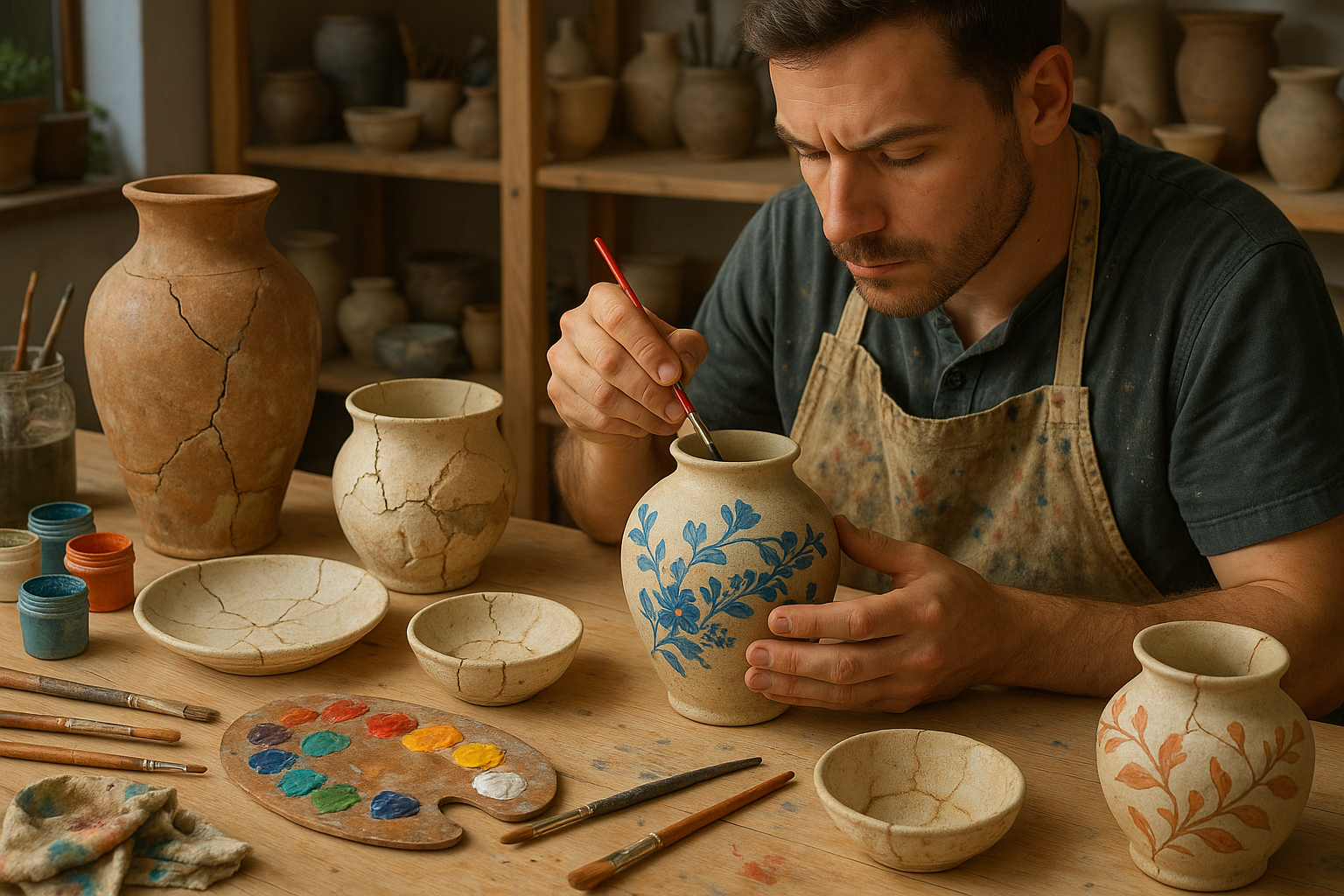Ink has been an indispensable medium for human expression and documentation for centuries. From the earliest scribbles on papyrus to the intricate manuscripts of the Middle Ages, ink has played a crucial role in preserving the cultural and intellectual heritage of civilizations. But have you ever wondered how these ancient texts have managed to survive the ravages of time? 🕰️
The secret lies in the fascinating process of ink stabilization—a critical aspect of conservation that ensures these precious documents can be appreciated by future generations. As we delve into the world of ink stabilization, we uncover a blend of science, history, and art that work together to protect our written legacy.
One of the central challenges faced by conservators is the natural degradation of ink over time. Many historical texts are written with iron gall ink, which, although durable, can become corrosive as it ages. This chemical reaction poses a significant threat to the paper, causing it to weaken and even disintegrate. Therefore, understanding the composition of ink and its interaction with different materials is vital for developing effective stabilization techniques.
In this article, we will explore the intricate balance required to stabilize ink without compromising the integrity of the document. From cutting-edge scientific techniques to traditional preservation methods, each approach offers unique insights into the art of conservation. We’ll also examine the role of technology in this field, highlighting innovations that allow for more precise analysis and treatment of ancient texts. 🧪
Furthermore, we’ll delve into the interdisciplinary nature of ink stabilization, where chemistry meets history and art. Conservators often collaborate with historians and scientists to unravel the mysteries behind each document, providing a comprehensive understanding of its origin, purpose, and significance. This collaborative approach not only aids in preservation but also enriches our knowledge of the past.
In addition to scientific endeavors, the preservation of ancient texts is deeply rooted in cultural appreciation. These documents are more than just ink on paper; they are a testament to human creativity, thought, and communication. By exploring the stories behind these texts, we gain insight into the values and beliefs of our ancestors, fostering a deeper connection to our shared heritage.
As we navigate through the complexities of ink stabilization, we’ll also touch on the ethical considerations faced by conservators. Balancing the need for preservation with respect for the original creator’s intent is a delicate task. Decisions made during the conservation process can significantly impact the way future generations perceive these historical documents.
Moreover, we will discuss the global efforts to share knowledge and resources in the field of conservation. Institutions and organizations worldwide are working collaboratively to develop standardized practices and share their findings, ensuring that ancient texts are preserved with the utmost care and respect.
Join us as we unravel the secrets of ink stabilization, shedding light on the meticulous processes that protect our written heritage. Through a blend of science, history, and art, we aim to inspire a greater appreciation for the delicate balance required to preserve these treasures for generations to come. 📚✨

Conclusion
As we conclude our exploration of ink preservation in ancient texts, it’s clear that the chemistry of writing materials is as vital to history as the words themselves. The inks of antiquity — often composed of soot, gall, and natural binders — reveal the scientific ingenuity and cultural sophistication of early civilizations.
The true art of preserving ancient inks lies in understanding their delicate interaction with parchment, papyrus, and time. 🌿💡 Through controlled environments, non-invasive analysis, and advanced restoration techniques, conservators protect these fragile pigments from fading or chemical decay. Ultimately, preserving ancient texts and their ink secrets is more than conservation — it’s a dialogue between science and history, ensuring that humanity’s earliest written voices continue to endure with clarity and reverence.




